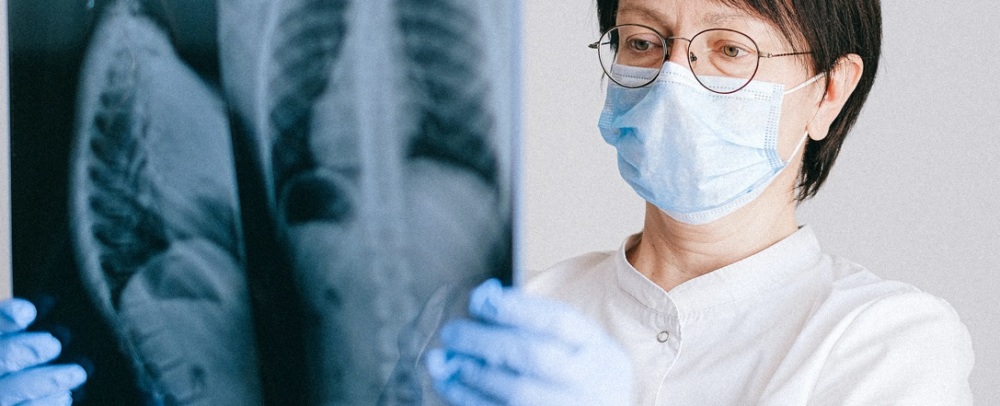
Green Light: A Correlation of Cancer Survivorship and Insurance Coverage in California Counties
- Robert McLaughlin, JD, PhD, Danielle Rodriguez, MPH
-
Focus Areas
Data, Technology & Innovation -
Issues
Cancer -
Programs
Cancer Registry of Greater California

With healthcare and access to health insurance again garnering intense political attention in Congress across the country, and in California, PHI’s Cancer Registry of Greater California took a look at California cancer data to see if they command value for informing an evidence-based approach to policy making. Their poster, “Green Light: A Correlation of Cancer Survivorship and Insurance Coverage in California Counties before the Affordable Care Act” summarizes the effort.
The poster contains a compilation of rates for common cancers in California, cumulative for years 2010-2014, and organized into two sets. The first set pertains to counties described in Kaiser’s recent 2015 Fact Sheet on rates of non-elderly uninsured (pre-Affordable Care Act, 2009-2013) at a level of >30% uninsured. The second set pertains counties with uninsured rates at a level of <15%. The data, represented in colored signals, pertain to 36 month survivorship rates, post diagnosis, for five cancer types: breast, prostate, lung and bronchus, colon and rectum, and melanoma. For each cancer type in each county, a green signal means that the rate is better than the state average, a red signal means the rate is worse, and yellow signal means that the rate falls within the 95% confidence range of the state average.
Comparison of these rates with updated, post-Affordable Care Act rates, will require additional time as the relevant data are presently being compiled for analysis. Nevertheless, the graphics show a compelling correlation of current significance: population-based survivorship rates are significantly better in communities with high rates of insurance coverage, and worse in communities with lower rates of insurance coverage. While survivorship is a complex and important topic in cancer surveillance, and our scientific colleagues may readily point to many confounding variables, such as poverty, and factors that influence the distribution of rates represented in the “Green Light” poster, the broad pattern in these graphics indicates a core policy point. Insurance matters. Pursuit of the maximum accessibility and affordability of health insurance will contribute to cancer survival in California in a demonstrable and quantifiable way.
Work With Us
You change the world. We do the rest. Explore fiscal sponsorship at PHI.
Support Us
Together, we can accelerate our response to public health’s most critical issues.
Find Employment
Begin your career at the Public Health Institute.


